
The aloe vera plant is a succulent whose leaves are filled with a gel-like substance. That gel has been used medicinally for thousands of years to treat a number of skin conditions. Many people know about the skin benefits of aloe vera related to healing sunburns, but this plant may be able to do so much more in terms of providing skincare benefits. Thanks to modern science and emerging research, the advantages of using aloe vera continue to come to light.
You can buy aloe vera in the store near other skincare products or get it directly from the plant by breaking open its leaves. Both kinds of aloe vera are safe to apply directly onto your skin, and consuming aloe vera juice may also help. Here’s what you’ll want to know about this healing plant’s many benefits.
Aloe Is a Natural Moisturizer
Aloe vera moisturizes the skin, which makes it a candidate for helping to treat — or at least relieve some of the discomfort associated with — many dry-skin conditions, including psoriasis and eczema. At the same time that it moisturizes, it also can relieve burning and itching sensations that tend to appear with dry skin. What’s more, it doesn’t leave your skin feeling like it’s been coated with a greasy film like other ointments and lotions sometimes can. Instead, aloe vera gel unclogs your pores as it hydrates, leaving your skin feeling fresh, clean and healthy.
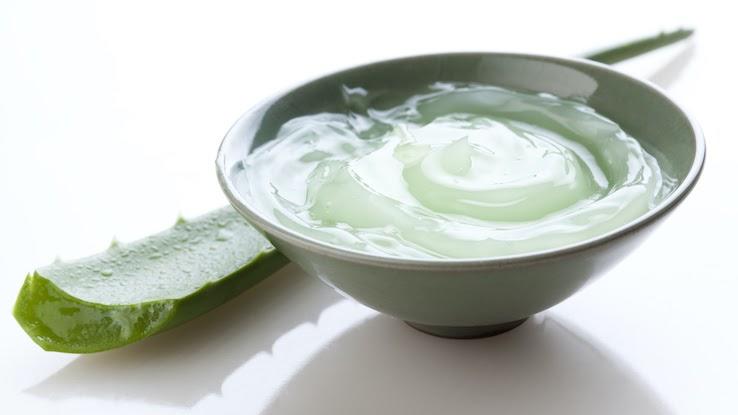
Aloe May Reduce Acne
Another benefit of aloe vera gel includes its potential to clear up acne. The antimicrobial, antibacterial and other cleansing properties of aloe vera may come from substances called gibberellins and polysaccharides. Other ways aloe vera seems to work to fight acne include reducing pore size while getting rid of excess sebum and microbes. Its anti-inflammatory properties also assist in its acne-treatment abilities.
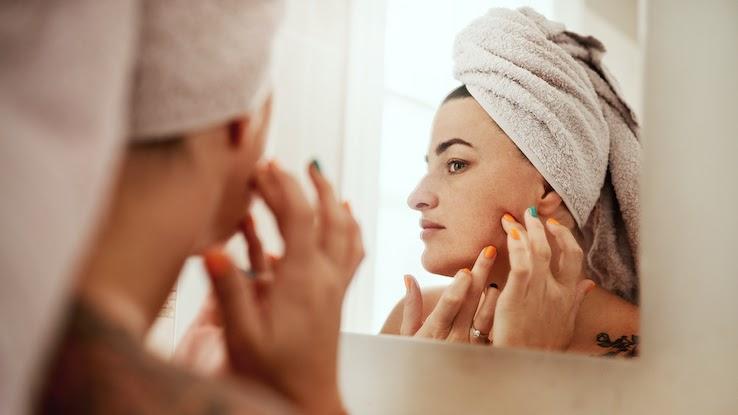
Many acne-fighting creams you can buy in the store tend to dry out your skin, but aloe is a moisturizer. This means that using aloe vera as a skin treatment for acne can hydrate your skin at the same time, leaving your face feeling soft and clean. Aside from applying the gel topically, drinking aloe vera juice may be another way to reduce acne.
Aloe Has an Anti-Aging Effect on Skin
Research shows that several minerals in aloe vera are great for preventing signs of aging on the skin — while these won’t remove existing signs like small wrinkles, they can help new ones from forming. These minerals include beta-carotene, vitamin C and vitamin E, all of which aloe vera contains in abundance. And the benefits of aloe vera for skin health don’t stop there. Drinking aloe vera juice could help increase collagen production in the body, leading to better skin elasticity and potentially fewer wrinkles.

Aloe Lightens Blemishes
Aloe vera helps with skin cell reproduction on top of its ability to reduce skin inflammation. Considering that it has these two properties, it may be an effective and natural way to reduce acne scars, stretch marks and other types of blemishes. You can apply aloe vera gel directly to skin blemishes of all kinds to help lighten them. Using it combined with lemon juice could potentially make this treatment even more effective.
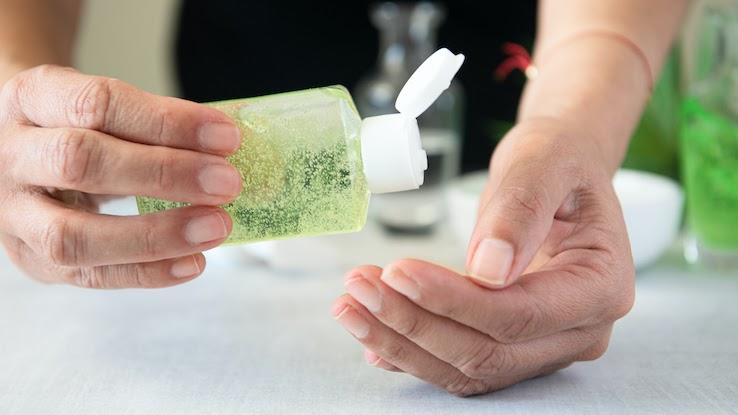
Aloe May Help Heal Cold Sores
Aloe vera may be able to help relieve symptoms of the cold sores that arise from the herpes virus HSV-1. This is the virus that causes cold sores to develop around the outside of the mouth. Research published in the Journal of Dentistry of the Shiraz University of Medical Sciences found that aloe caused a significant inhibitory effect on HSV-1 growth. As such, using aloe vera gel topically on cold sores a couple of times a day could prove to be helpful in treating and healing them.
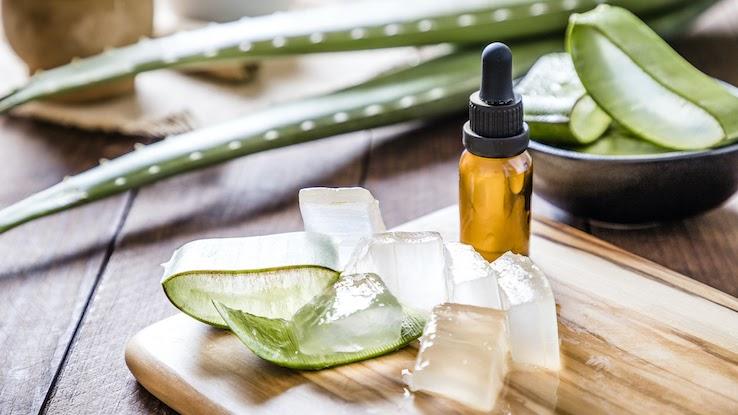
Aloe Helps to Heal Wounds
Aloe vera’s ability to boost collagen production and fight bacteria means that it may be able to accelerate the healing of small, minor wounds, along with reducing scarring. It does this by speeding up the production of skin cells by up to eight times the normal rate. Small wounds include things like scrapes and minor papercuts — nothing deep. Apply aloe vera gel directly to the injury three or so times a day.

Aloe May Improve Frostbite Outcomes
Aloe vera not only helps sunburns, but it may also be an effective treatment for cold-weather skin afflictions. Specifically, it has been shown to help improve frostbite outcomes. Frostbite can lead to permanent skin damage, usually involving tissue death, without prompt treatment. Using topical aloe to treat minor, superficial (not deep) cases of frostbite can help the skin tissues heal by way of producing new skin cells quickly.

Aloe Can Help Get Rid of Dandruff
Aloe vera may also have benefits for hair on top of all it does for the skin. Applied topically to the scalp, it has been shown to relieve dandruff issues. It works in part thanks to its moisturizing abilities, which can help treat dry skin everywhere on your body, including your scalp. Plus, those same anti-inflammatory and antioxidant properties that can help reduce irritation and prevent cell damage may also make aloe an effective treatment for dandruff.
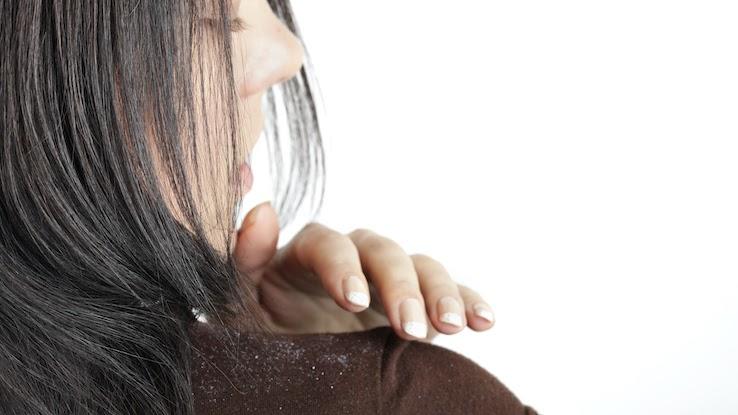
Aloe Might Boost Hair Growth
Research has shown that aloe vera may boost hair growth. Just as aloe vera speeds up skin cell production, it can also help to activate new hair growth by improving blood circulation to the scalp. Aloe contains vitamins, minerals and proteolytic enzymes that promote hair growth and repair some of the scalp’s skin. Applying aloe vera gel directly to your scalp might be an excellent solution to improving your hair’s overall condition.
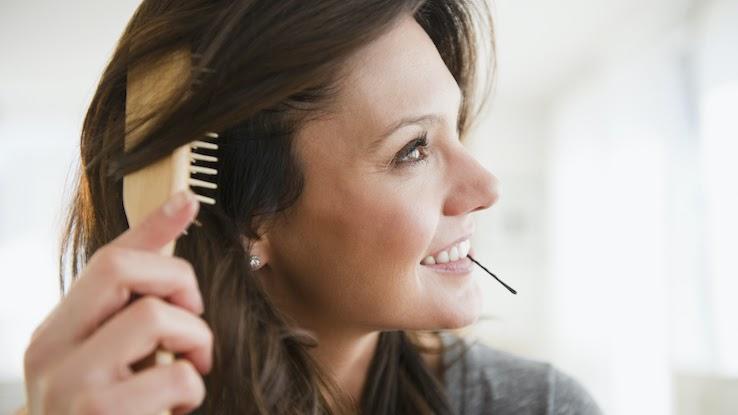
Resource Links:
https://www.ncbi.nlm.nih.gov/pmc/articles/PMC6330525/
https://www.ajicjournal.org/article/S0196-6553(02)48212-0/fulltext
https://www.bcm.edu/news/benefits-using-aloe-vera
https://pubmed.ncbi.nlm.nih.gov/23336746/
https://www.sciencedirect.com/science/article/abs/pii/S0962456203001413
https://www.ncbi.nlm.nih.gov/pmc/articles/PMC6298394/
https://www.ncbi.nlm.nih.gov/pmc/articles/PMC4557234/
https://www.ncbi.nlm.nih.gov/pmc/articles/PMC3583892/#:~:text
https://www.ncbi.nlm.nih.gov/pmc/articles/PMC2883372/
https://www.iasc.org/AloeBlog/October14,2019.aspx
https://www.ncbi.nlm.nih.gov/pmc/articles/PMC5371879/
https://www.ncbi.nlm.nih.gov/pmc/articles/PMC4771053/#:~:text
https://www.wemjournal.org/article/S1080-6032(14)00280-4/pdf#:~:text





